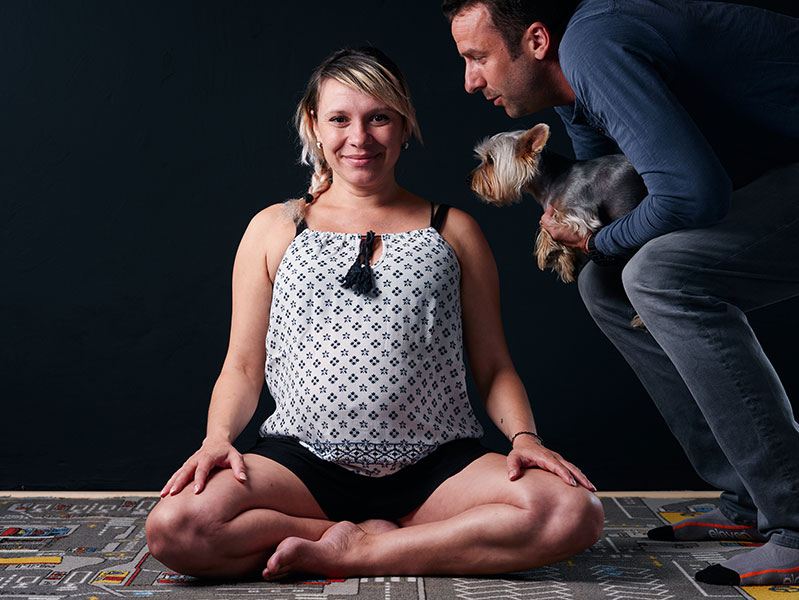
Kinhin, or walking as meditation, is a term used in Buddhism. It involves moving between periods that are devoted to sitting meditation. The practice is common in Mahayana, Theravada and other traditions. Walking as meditation has many benefits. Walking is preferred by some practitioners over sitting. Even a short walk between two points could prove to be very helpful. This article explores the benefits of walking as meditation. It is also worth considering why Buddhists prefer to walk as a form meditation.
Meditation can be done anywhere you like. Just find a peaceful spot and place yourself at the end of a pathway. Begin to notice what your body is doing. Pay attention to how your feet feel as you walk. Repeat this throughout your walking. This will help to increase awareness and calm you down. You can also use this form of meditation to calm yourself down if you feel overwhelmed. Check out these links for more information on walking as meditation.

The key to practicing walking as meditation is to remain still for a short while. Pay attention to your breathing and body for a few more minutes. Continue doing this for ten to twenty minutes. You can walk for longer, but you must adapt your pace to your body. As you walk, you will notice that your mind wanders less. This doesn't mean your mind is wandering. It simply means your mind needs time for you to settle down.
Practice walking meditation by taking a few moments to reflect on your thoughts. Pay attention to the thoughts you receive. You may find it useful and beneficial to learn from your experiences. You will find it easier to bring your awareness into every day life. It's vital to be aware and present in your environment. This simple step-by-step guide will show you how to make walking as meditation a habit.
When walking as meditation, be mindful of your body. Walking in nature is a great way to get your body relaxed and unaffected by distractions. You can also be mindful of your feelings and emotions, while maintaining awareness of your body. When you let go of your thoughts, you will feel more at ease and peaceful. Walking as meditation can make you feel more relaxed.

When practicing walking as meditation, you should pay attention to everything around you. You should be aware of your leg movements and the ground. You should also be aware of your body's sensations during the entire process of walking. You must also pay attention to what you think while walking. This will help to put your mind at ease and allow you to concentrate more on the moment. Mindfulness can be practiced by taking a walk. However, it cannot replace regular meditation.
FAQ
What's the problem with BMI?
BMI stands For Body Mass Index. This refers to the measurement of body fat using height and weight. BMI is calculated using the following formula:
Weight in kilograms divided by height in meters squared.
The result is expressed as a number from 0 to 25. A score of 18.5 or higher indicates overweight, while a score of 23 or higher indicates obesity.
A person who weighs 100 kg and has a height of 1.75 m will have a BMI of 22.
What is the difference between a virus and a bacterium?
A virus can be described as a microscopic organism that cannot reproduce in another cell. A bacterium, a single-celled organism, reproduces by splitting into two. Viruses can be as small as 20 nanometers, while bacteria can grow up to 1 micron.
Viruses are often spread through contact of infected bodily fluids like saliva, urine or semen. Bacteria is usually spread directly from surfaces or objects contaminated with bacteria.
Viruses can enter our bodies through cuts, scrapes, bites, or other breaks in the skin. They can also enter the body through the mouth, nose, eyes and ears, vaginal, rectum or anus.
Bacteria can enter the body through wounds. They can also be introduced to our bodies by food, water and soil.
Both bacteria as well as viruses can cause illness. Viruses can not multiply within the host. Viral infections can only cause diseases in living cells.
Bacteria may spread to other people and cause sickness. They can invade other areas of the body. That's why we need antibiotics to kill them.
How often should you exercise?
Fitness is key to a healthy lifestyle. But, you don't need to spend a specific amount of time exercising. Finding something that you love and sticking with it is the key.
If you work out three times a week, then aim to complete 20-30 minutes of moderate intensity physical activity. Moderate intensity is when you still have to breathe hard after the workout. This type workout burns about 300 calories.
For those who prefer to walk, you can go for 10-minute walks four times a week. Walking is low-impact, easy on your joints, and it's also very gentle.
You can also run for 15 minutes, three times per week. Running is an excellent way to lose weight and tone your muscles.
Begin slowly if your are not used to working out. Begin with 5 minutes of cardio every other day. Gradually increase the time you do cardio until your goal is reached.
What's the difference between a calorie and kilocalorie?
Calories measure the energy content of food. A calorie is a unit of measure. One calorie is equal to one degree Celsius in energy.
Kilocalories are another way to describe calories. Kilocalories can be measured in thousandsths of one calorie. 1000 calories are equal to one kilocalorie.
Why is it so important to lead a healthy lifestyle
Healthy living can lead to a longer, more fulfilling life. Good nutrition, exercise regularly, good sleep habits, stress management and healthy lifestyle can help you avoid heart disease and stroke.
Healthy lifestyles will help us to cope with daily stresses better and improve our mental health. Healthy living will boost self-confidence and make you look and feel younger.
How can I tell what is good for me?
You have to listen to what your body says. Your body is the best judge of how much exercise, food and rest you should get. Your body will tell you what to do so that you don't go overboard. Take care of your body and make sure that you're staying healthy.
Statistics
- According to the 2020 Dietary Guidelines for Americans, a balanced diet high in fruits and vegetables, lean protein, low-fat dairy and whole grains is needed for optimal energy. (mayoclinichealthsystem.org)
- The Dietary Guidelines for Americans recommend keeping added sugar intake below 10% of your daily calorie intake, while the World Health Organization recommends slashing added sugars to 5% or less of your daily calories for optimal health (59Trusted (healthline.com)
- In both adults and children, the intake of free sugars should be reduced to less than 10% of total energy intake. (who.int)
- This article received 11 testimonials and 86% of readers who voted found it helpful, earning it our reader-approved status. (wikihow.com)
External Links
How To
What does "vitamin" actually mean?
Vitamins are organic substances found naturally in food. Vitamins allow us to absorb nutrients from food. The body cannot make vitamins; therefore, they must be obtained from food.
There are two types: water-soluble and fat-soluble vitamins. Water-soluble vitamins dissolve in water easily. These include vitamin C (thiamine), Vitamin B1 (riboflavin), Vitamin B2 (riboflavin), Vitamin B3 (niacin), Vitamin B6 (pyridoxine), Vitamin C, B1 (thiamine), Vitamin B2 (riboflavin), Vitamin B3 (niacin), and Vitamin B6 (pyridoxine). The liver and fat soluble vitamins are stored within the liver and in fatty tissue. These include vitamin D, E and K, as well as beta carotene.
Vitamins are classified according to their biological activity. There are eight major vitamin groups:
-
A - vital for healthy growth.
-
C - essential for nerve function and energy generation.
-
D - Essential for healthy teeth and bones.
-
E - needed for good vision and reproduction.
-
K - Required for healthy nerves and muscles.
-
P – vital for building strong bones.
-
Q - Aids in digestion and absorption.
-
R - Required for red blood cell production
The recommended daily allowance (RDA), for vitamins, varies depending upon age, gender, or physical condition. The U.S. Food and Drug Administration sets RDA values.
For adults 19 years and over, the RDA of vitamin A is 400mg per day. Pregnant mothers need 600 micrograms per days because it is vital for the development and growth of their baby. Children ages 1-8 require 900 micrograms per day. Infants under one year of age require 700 micrograms per day, but this amount decreases to 500 micrograms per day between 9 months and 12 months of age.
Children between the ages of 1-18 need 800 micrograms per daily for obesity, while children overweight require 1000 micrograms. Children underweight or obese will need 1200 mg per day.
2200 mg of vitamin A per day is required for children aged 4-8 who have been diagnosed by anemia.
2000 micrograms daily is required for adults over 50 to maintain their general health. Due to their increased nutrient needs, pregnant and breastfeeding women need 3000 micrograms daily.
Adults over 70 years of age need 1500 micrograms per day since they lose about 10% of their muscle mass each decade.
Women who are pregnant and lactating need more nutrients than the RDA. Pregnant and breastfeeding women require 4000 micrograms each day during pregnancy and 2500 Micrograms each day after delivery. Breastfeeding mothers need to consume 5000 micrograms every day when breastmilk has been produced.